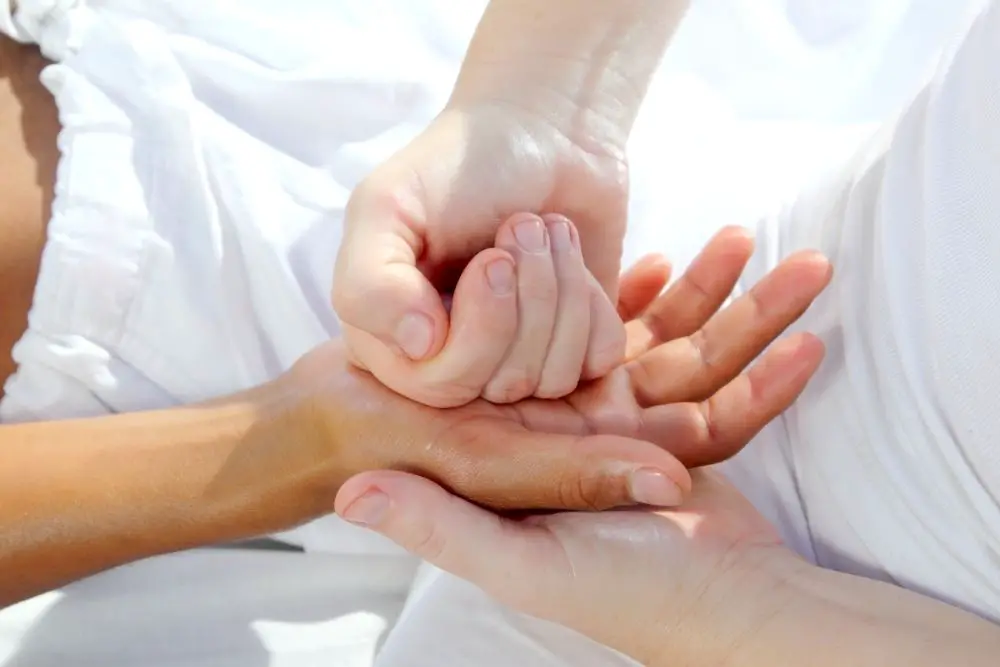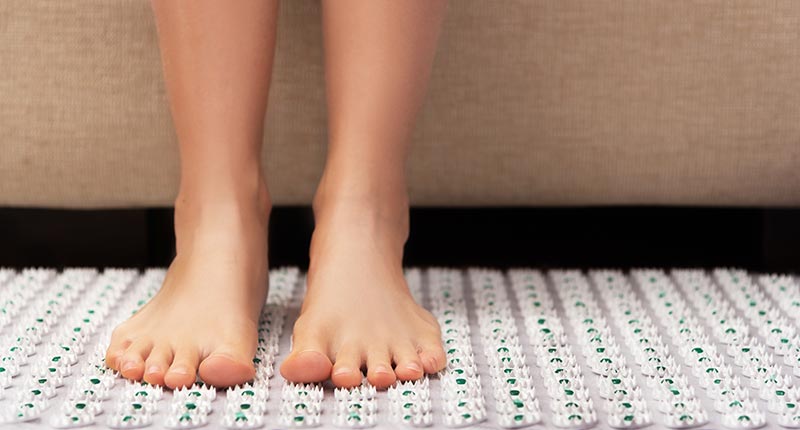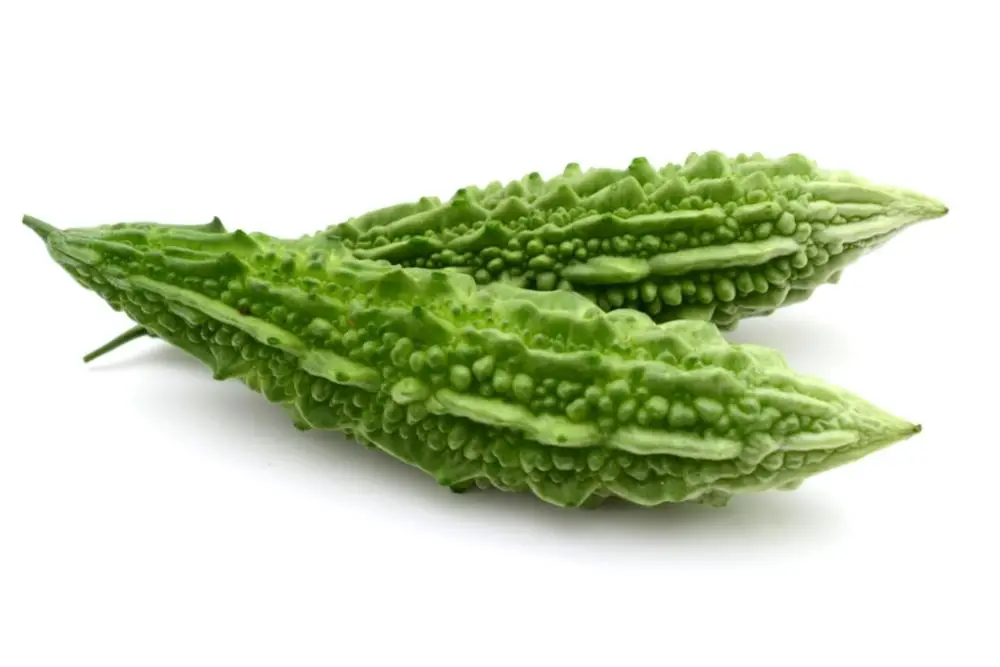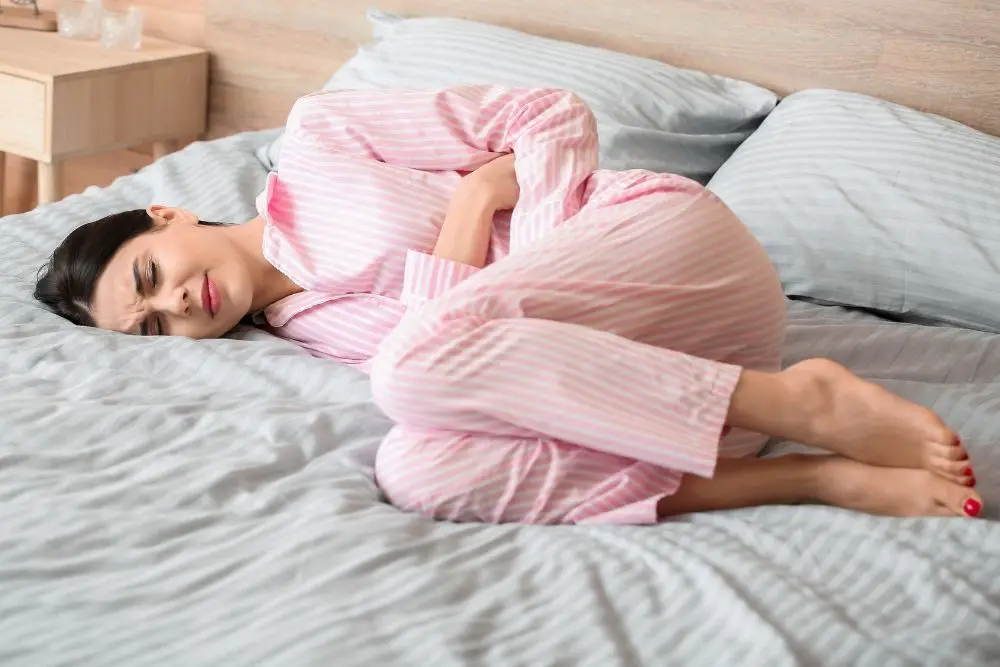Tui Na massage is a central treatment in Traditional Chinese Medicine and boasts an array of benefits within this field. In addition to improving quality of life more generally, it has also been known to help alleviate the symptoms of a wide variety of medical concerns, from digestive issues to depression.
In particular, Tui Na massage has become a popular treatment of the symptoms of respiratory issues, such as coughing. If you’re interested in Tui Na massage, how it works, and how it can treat such ailments, check out the information below!
What Is A Tui Na Massage?
Tui Na (also known as Tui-Na or Tuina and pronounced twee-nah) massage is a form of bodywork that originated in ancient China.
In fact, it is thought to be the oldest system of bodywork. Tui Na sits alongside acupuncture, qi gong, and Chinese herbal medicine as one of the four main columns of Traditional Chinese Medicine.
How Does A Tui Na Massage Work?
Within Traditional Chinese Medicine, it is understood that the body has a vital life force or energy, called Qi. If Qi is imbalanced, the systems of the body may become unbalanced and blockages may occur.
In turn, it is theorized that this process leads to illness and pain. Tui Na massage is based on this concept.
In order to promote the flow of Qi around the body, and thus promote balance and harmony, a Tui Na practitioner would work along the meridians.
Meridians are considered to be the energy channels of the body. Using stretches, pressure points, and joint rotations, the practitioner would try to tap into these energy points to balance the individual’s vital energy, qi.
Techniques Of Tui Na Massage
Tui Na massages can vary in pressure and technique, depending on what the client needs.
For instance, if a practitioner feels the need to focus on yin techniques, the massage will be more gentle, passive, and meditative. Whilst if the practitioner needs to focus on more yang techniques, the massage will be more active, physical, and dynamic.
There are eight basic techniques that are used within Tui Na massage. These are:
- Palpating (mo)
- Rejoining (jie)
- Opposing (duan)
- Lifting (ti)
- Pressing (an)
- Kneading (mo)
- Pushing (tui)
- Holding (na)
Within a Tui Na massage, a practitioner will likely use a range of these techniques, in addition to others, such as acupressure, myofascial release, reflexology, rolling, Nei Gung (a full-body manipulation technique), and one-finger technique (which stimulates acupressure points).
How Are Tui Na Massages Different From Western massages?
Some similarities can be drawn between Tui Na massages and traditionally Western massages.
For instance, some of the techniques used in Swedish massages, such as gliding, kneading, pulling, and friction, are quite similar to those used within a Tui Na massage.
However, Tui Na differs from Western massages in its central tenets and aims. In contrast to Western techniques, Tui Na aims to go beyond what is happening with the muscles, bones, and joints. Rather, Tui Na works with the body on an energetic, deeper level.
Tui Na Massage For Cough
In Traditional Chinese Medicine, Tui Na massage is often used to treat issues pertaining to the respiratory system. In fact, Tui Na is still considered to be a standard treatment in Traditional Chinese Medicine hospitals and clinics throughout China.
To treat issues associated with respiratory function, Tui Na practitioners will massage specific points in the body.
In particular, they will focus on points that are understood to correspond to the function of the organs involved in the respiratory system. Specific techniques to improve coughing may involve pressing, kneading, and tapping.
There have been a number of studies that suggest Tui Na is a potentially effective treatment of symptoms of respiratory issues.
However, these studies tend to be quite small, and thus, cannot conclude that Tui Na definitively is an appropriate treatment.
For instance, this 2014 study assessed how effective using Tui Na and Chinese herbal medicine was to treat the effects of allergic rhinitis.
It was concluded that this combined treatment had positive therapeutic efficacy. However, it was only conducted using 28 people.
Pediatric Tui Na Massage For Cough
In recent years, using Tui Na as a treatment for children’s respiratory issues has become popular within the West. Pediatric Tui Na massages are particularly gentle, and as such, can be used on children of any age.
One of the most popular techniques used in pediatric Tui Na massages for coughing is the Spinal Roll. This consists of pinching the skin on either side of the spine and rolling it between the fingers.
Generally, the practitioner will begin at the bottom of the spine and continue to repeat the movement, moving upwards each time.
This is a particularly versatile massage technique. It is thought to help alleviate a range of issues, including coughing, asthma, digestive issues, anxiety, and sleep problems. However, it is important to ask the advice of a pediatrician before using Tui Na as a treatment for children.
There is a lot of scientific interest in the benefits of Tui Na massages for respiratory issues in children.
For instance, this 2020 study observed the benefits of lung-clearing and spleen-strengthening Tui Na massage on exogenous cough in children. It was concluded that combined treatments can improve the condition.
Similarly, this 2020 study looked at the therapeutic effects of specific Tui Na manipulations for children experiencing remission-stage cough variant asthma. They found that some manipulation combinations were found to be particularly effective.
Although, as in the case described above, promising studies tend to be particularly small in size and few in number. As such, further research is needed to definitely determine the therapeutic benefits of Tui Na massage for coughing in children.
Other Health Benefits Of Tui Na Massage
There are a number of other health benefits associated with Tui Na massage in Traditional Chinese Medicine. We’ve listed some of the best below!
1. Relieves Low Back Pain
Tui Na massage can be really great for alleviating lower back pain. This 2016 study found that combining Tui Na with core stability exercises helped alleviate lumbar pain.
2. Relieves Neck Pain And Stiffness
Tui Na massage has been used to relieve neck pain, including tightness, tension, and irritation. This 2009 study concluded that Tui Na massage was more efficient than acupuncture at reducing neck stiffness.
3. Boosts Blood Circulation
By stimulating the body’s flow of qi, it is understood that Tui Na massage also boosts blood circulation. This 2015 study concluded that Tui Na manipulation, conducted with a force of roughly 10 N for a time of 10 minutes, was effective in improving peripheral circulation.
Interestingly, this 2018 study found that after Tui Na massage or Thai massage, the vascular compliance in a small group of korean men was significantly better than before. Vascular compliance is the ability of a blood vessel wall to expand and contract with changes in pressure. It is an incredibly important function.
4. Treats Depression
The whole-body focus of Tui Na massage is great for people struggling with depression. Though more high-quality studies are needed to confirm this, many small-scale studies which have been conducted in China show particularly promising results. Check out this study to learn more.
5. Promotes Healthy Lactation
This 2012 study concluded that Tui Na massage could have a positive effect on postpartum lactation.
6. Treats Osteoarthritis
According to this small 2011 study, Tui Na massage improves muscular tension of the flexor and extensor muscles in people with osteoarthritis in the knee. In fact, patients saw an imporvement in their pain, stiffness, and funtion.
7. Helps Carpel Tunnel Syndrome
This 2010 study points to the ways in which Tui Na massage can help relieve the symptoms of carpel tunnel syndrome. Specifically, people with carpal tunnel syndrome who received Tui Na massage reported better results than those who received hormone therapy or medication.
Side Effects Of Tui Na massage
One of the reasons that Tui Na massage has become a popular treatment for many medical ailments is because it has very few side effects. However, that is not to say that there are no side effects.
Tui Na massages are not always very gentle. After a particularly vigorous massage, you might experience some soreness and slight bruising. If this concerns you, it’s important to discuss your Tui Na massage plans with your doctor before receiving the treatment.
It is also necessary to ensure that you receive a Tui Na massage from a very experienced, professional practitioner. Such practitioners have gone through rigorous training and have a deep understanding of the body and Traditional Chinese Medicine.
Final Thoughts
Tui Na massage has many potential medical benefits, including the treatment of respiratory issues, such as coughing. However, more in-depth studies are needed to ensure the efficacy and effectiveness of Tui Na massage as a medical treatment. As such, always check with your doctor before receiving a Tui Na massage.
 P. Sze
P. Sze 
















